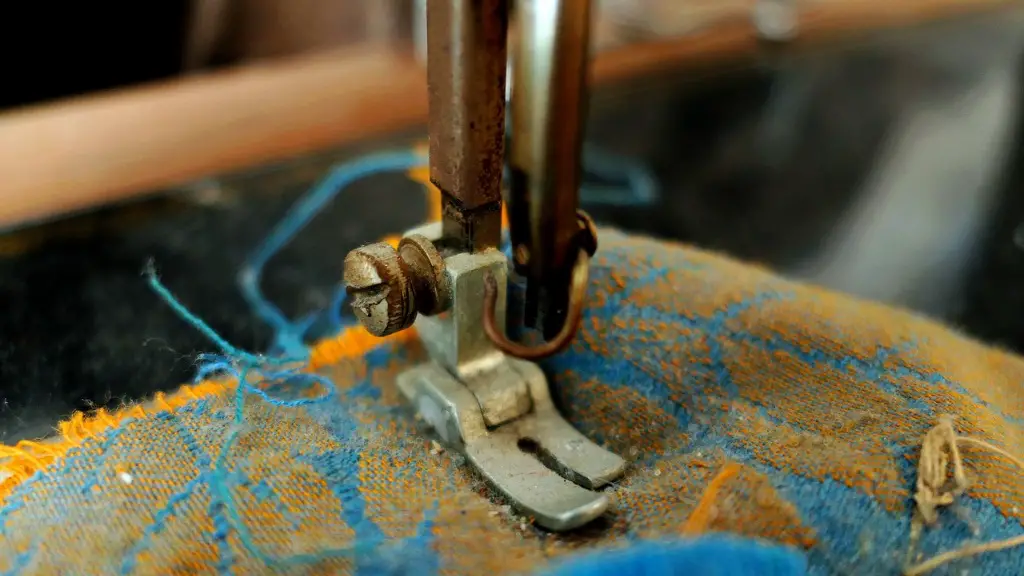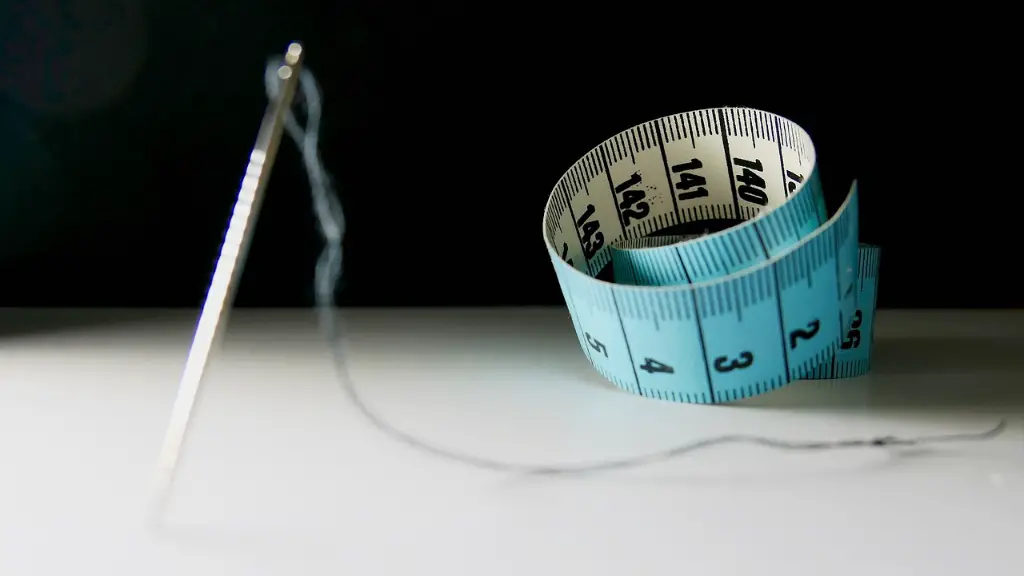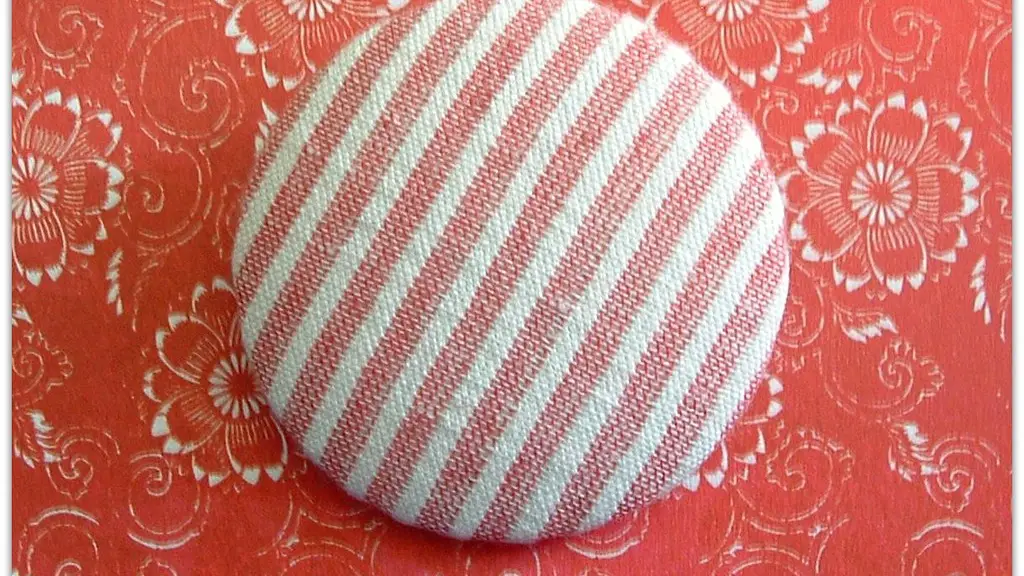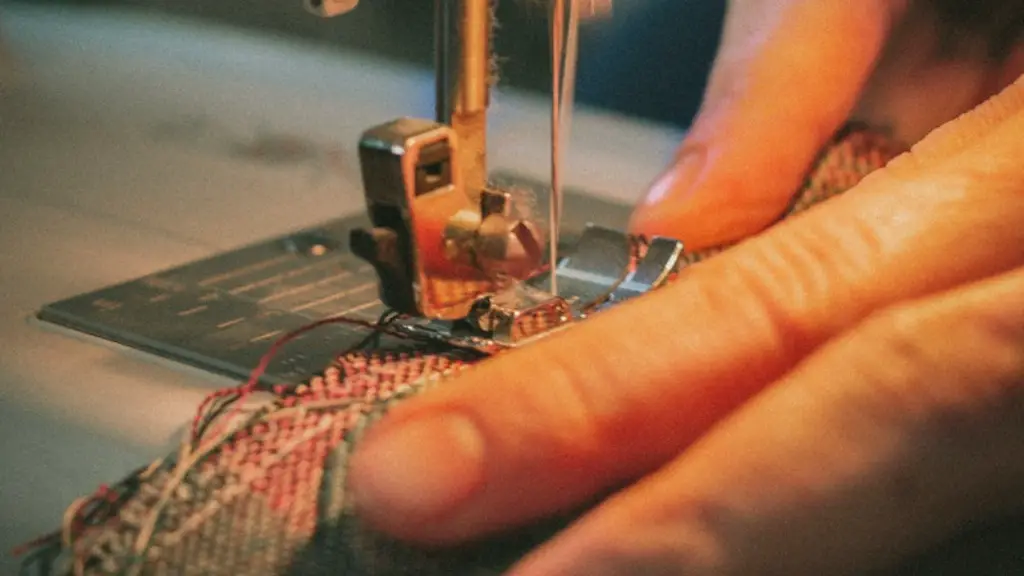Clean and Lubricate Regularly for Optimal Results
Most sewing machine users know the importance of cleaning and oiling their machine regularly. With a little care, your machine will last you many years of trouble-free sewing. The frequency with which you should oil your sewing machine depends on many factors, such as how often you use it, the type of fabric you usually sew and even the environment where the machine is stored.
A machine that is used heavily will require more frequent lubrication than one that is rarely used. Conversely, sewing in dusty or smoky environments or on thicker fabrics requires more frequent lubrication. Sewing in a slightly dry atmosphere can wear away at the machine parts faster, so it’s a good idea to pay attention to humidity levels. To ensure that your machine performs at its best, you should clean and lubricate it at least once a month, depending on your usage.
In terms of lubricating, use the right oil for your machine. Most oils that are designed for sewing machines can handle the pressures, temperatures and other conditions of a machine. Often, manufacturers include a small bottle of oil when you purchase a machine, but you can also buy sewing machine oil online or in a sewing store. When applying the lubricant, make sure to only apply to the areas specified in the machine’s manual.
Using the Right Sewing Machine Parts
Using the right parts is essential in protecting the longevity of your sewing machine. Your machine may come with certain parts that need replacement at certain intervals. Some of these are typically handled by the manufacturer, such as your needle plates or presser feet. You should only replace these parts with those that were specifically designed for your machine.
Additionally, some parts of the machine should also be inspected regularly. Make sure to check the bobbin case and the upper tension disks, as well as the belt, needle, and other parts for wear and tear. If you see any signs of wear, replace the parts with compatible genuine parts as soon as possible to prevent issues.
Maintain and Clean The Motor
An often overlooked aspect of sewing machine maintenance is the motor. The motor is the lifeblood of the machine, and it should be taken care of properly. To ensure that your machine runs smoothly, carefully inspect the motor periodically and clean out any dust and debris that has accumulated inside.
If your machine has a brushless motor, it should be checked at least once a year. Be sure to refer to the manual for specific instructions and do not use any abrasive materials or lubricants on the motor. A block of wood and a few drops of lubricant, such as sewing machine oil or a light oil, can help clean the motor and keep it running at optimum efficiency.
Change Your Needles Regularly
One of the most important components in a sewing machine is the needle. It is important to keep the needle in good condition, as it plays a crucial role in how smoothly the machine operates. If the needle is too dull or blunt, it can cause your thread to break or your fabric to fray. It is recommended that you change the needle after every 20-30 hours of sewing, or every 8-10 projects, depending on the type of fabric you usually sew.
Keep an eye on the needle while you are sewing to make sure it is straight and that the eye is clean. If it is not, replace it with a fresh one. Also, make sure to use the right needle for the right fabric, as this will make a big difference in the quality of your work.
Keep the Bobbin Area Clean
The bobbin area is another area that should be cleaned and checked regularly. The bobbin area can get clogged with lint and dust which can interfere with the machine’s performance and cause the thread to bunch up and break. Make sure to use a soft cloth or a brush to clear away the lint and dust from the bobbin area and check ‘tension disks’ for wear and tear. You should also clean out any dust or debris in the bobbin case and replace the bobbin when needed.
Keep An Eye On The Thread
Thread can easily become tangled, so it’s important to inspect it frequently and replace it when needed. If the thread gets too tangled, it can cause your machine to malfunction and even jam. You should replace the thread when you notice it is fray or unraveling and always use high-quality thread for your machine.
Preventive Maintenance
In addition to cleaning and lubricating your machine, preventive maintenance is key to keeping your sewing machine running at its best. Inspect your machine regularly and look out for any signs of wear and tear. When you notice any wear, it is important to take action as soon as possible by replacing the part or getting professional help.
Replacing Worn Parts
If you notice that certain parts of your sewing machine are worn, it is important to replace them immediately. You may be able to purchase replacement parts from your manufacturer or from an online store, or you can take your machine in for service and get them professionally replaced.
Hiring an Expert For Repair
If you are experiencing any issues with your machine that you cannot fix yourself, it is best to take it in for a service call. A trained technician can identify the problem and make sure that all necessary repairs are made, ensuring that your machine works properly once again.
Choosing The Right Sewing Machine
Choosing the right sewing machine for your needs is essential in order to get the best performance possible. Consider how often you will be using the machine, if you will be using it for complicated projects, and any specific features you need. Look for machines that are certified by the manufacturer and check reviews from other users. Ask your local salesperson any questions you may have, and make sure to try the machine before you buy it.
Investing In Sewing Machine Accessories
Sewing machine accessories can be a great way to step up your sewing game. Investing in good quality accessories such as needles, thread, and bobbins can help you get the most out of your machine. Additionally, there are many different types of accessories that can make your sewing experience more enjoyable, such as scissor holders, thread stands, wax strips, and more.
Using Cotton Threads Over Synthetic Threads
When it comes to threads, the best choice is to use cotton threads over synthetic ones. Synthetic threads can be damaging to the machine, while cotton threads provide a better quality finish and are more durable. Cotton threads can also be more comfortable on the hands and are also better for sensitive fabrics.
Conclusion
Ultimately, how often you should oil your sewing machine will depend on a variety of factors, such as how often you use it and the type of fabric you are sewing. Making sure to oil your sewing machine regularly will ensure a long life for the machine and its parts. Additionally, taking care of other aspects such as cleaning and replacing worn parts, as well as investing in good quality accessories and thread, will help you get the best performance from your sewing machine.



